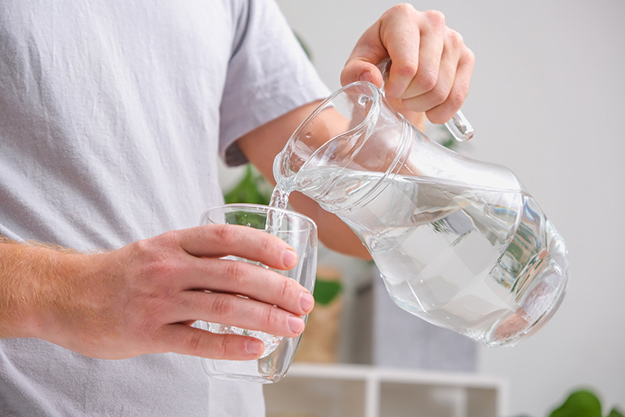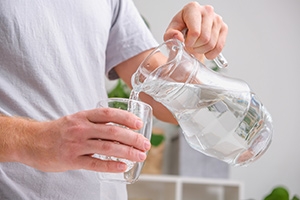
The human hand is a marvel of biological engineering. Most of the muscles that move your fingers are located in the forearm, with tendons running through the wrist like tension cables to control each precise motion. But just like mechanical cables need lubrication, your hand’s tendons and joints rely on proper hydration to function smoothly. Here’s how dehydration can quietly compromise that delicate balance that allows effortless movement.
Why Water Matters to Synovial Fluid
Each finger joint is bathed in synovial fluid—a viscous, plasma-like liquid that is almost 80% water. Adequate hydration keeps this lubricant slippery, so bone ends slide without abrasive friction. When your body is short on water, synovial fluid thickens, reducing shock absorption and potentially accelerating cartilage wear that can pave the way for early osteoarthritis in the hands.
Tiny Tendons, Big Dependence on Hydration
Finger tendons run through narrow sheaths, much like cables inside a straw. These sheaths secrete a small amount of fluid that lets tendons glide over an inch with each full fist you make. Dehydration lowers that secretion, increasing internal drag. The result can be painful triggering, audible snapping, or inflammation known as tenosynovitis—conditions we treat regularly in the clinic. Furthermore, if you've had trauma to your hands, adequate water and nutrition to deliver healing nutrients are essential for recovery.
Early Warning Signs Your Hands Are Thirsty
- Morning stiffness that eases after a few glasses of water
- Fine-finger cramps during prolonged texting
- Increased knuckle cracking or grinding sensations
- Swelling that resolves quickly after rehydrating
Notice these signals? They are your body’s plea for fluid long before lab tests flag dehydration.
Hydration Habits for Hand Health
Aim for around ½ to 1 ounce of water per pound of body weight daily—more if you exercise or work in air-conditioned spaces that accelerate moisture loss. Pair water with electrolytes after intense sweating, because sodium and potassium help drive fluid back into joint spaces. Foods rich in omega‑3s, vitamin C, and collagen precursors (think salmon, citrus, and bone broth) further support tendon repair. Not only our joints and tendons, but also the muscles that drive our hand function need hydration both during and after exertion to optimize function. Dehydrated muscle has difficulty receiving the blood flow and oxygen it needs, and electrolyte imbalance in dehydrated muscle (think potassium and sodium) can commonly lead to muscle cramps or spasms.
Hydration Myths Debunked
- Coffee and tea dehydrate you. Modern studies show that moderate caffeinated beverages still contribute to total fluid intake,1 so your morning brew is not the enemy—it simply can’t replace plain water.
- Thirst is the first warning sign. By the time you feel thirsty, fluid volume in many tissues has already dropped by 1–2%. Be proactive about staying hydrated, especially first thing in the morning and during long flights, hot weather, or physically demanding activities when your body loses fluids faster than usual.
Persistent hand pain, stiffness, clicking, or swelling—especially if it continues despite proper hydration—may indicate an underlying structural issue such as ligament damage, tendon dysfunction, or the early stages of arthritis. The Hand, Wrist & Elbow Institute at Midwest Orthopedics at Rush specializes in diagnosing and treating complex conditions of the upper extremity. Whether you need minimally invasive wrist surgery, carpal tunnel release, trigger finger treatment, or advanced care for thumb arthritis, our fellowship-trained hand surgeons offer personalized, evidence-based solutions to restore motion, reduce pain, and protect long-term function.

